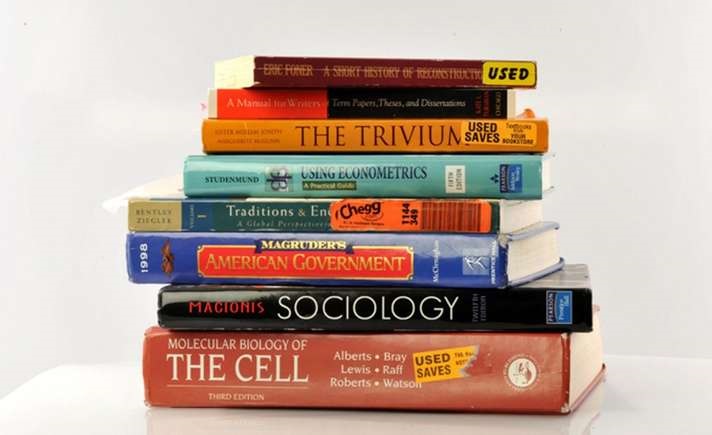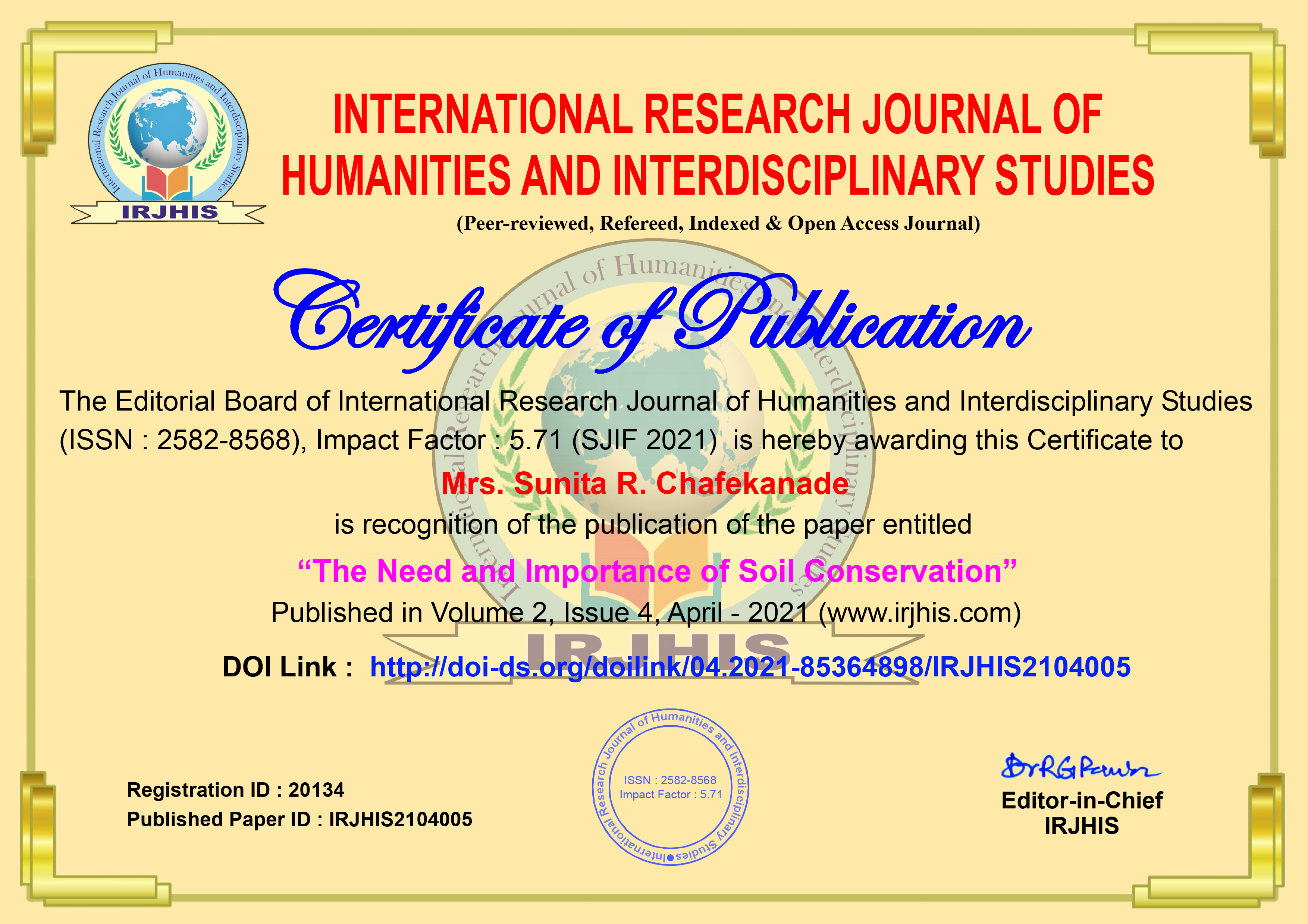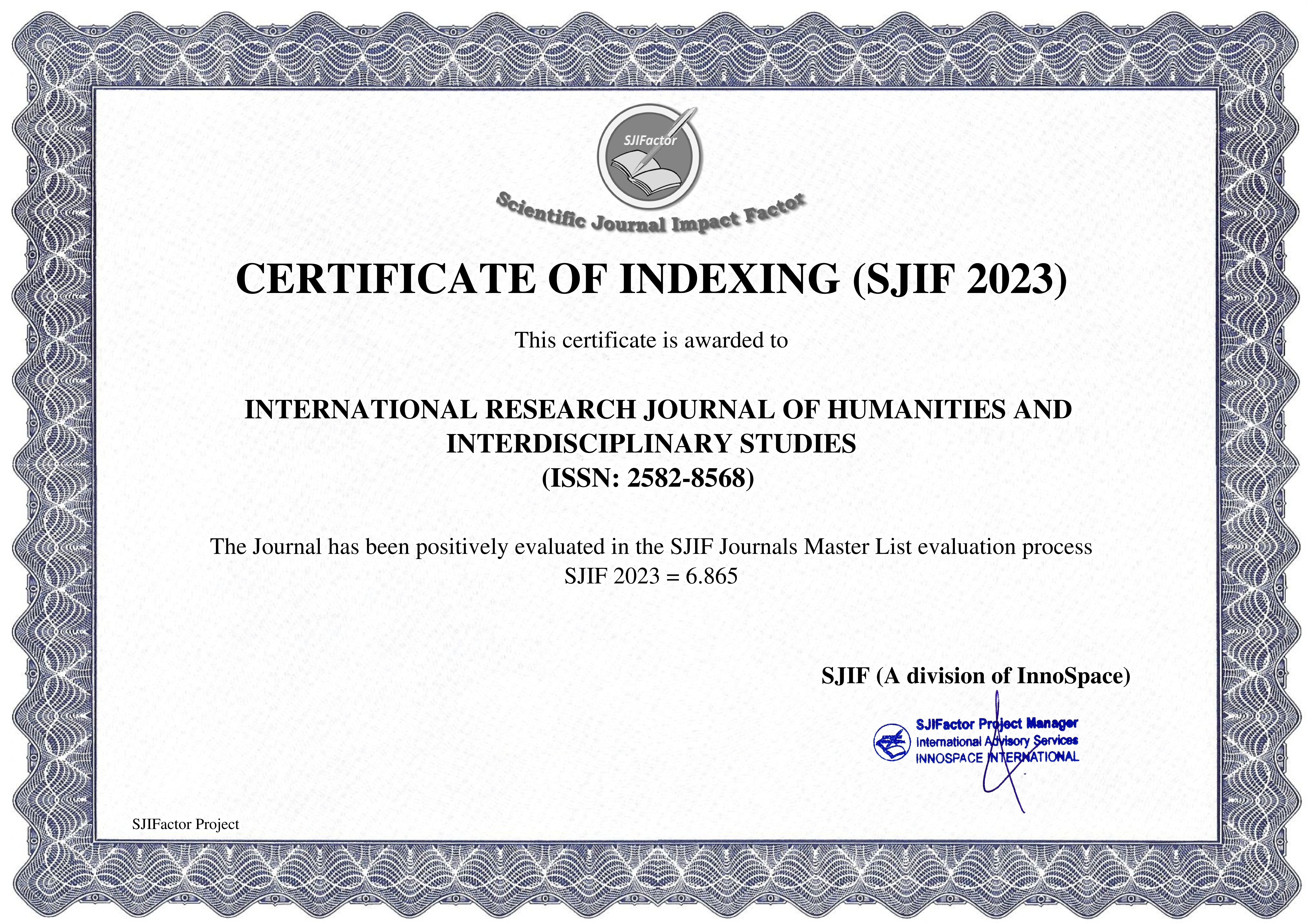Paper Details


Call For Papers
Volume 06, Issue 12
Frequency: 12 Issue per year
Paper Submission: Throughout the Month
Acceptance Notification: Within 2 days
Areas Covered: Multidisciplinary
Accepted Language: Multiple Languages
Journal Type: Online (e-Journal)
Announcement

Publish books with ISBN Number
- Edited Book
- Text Book
- Ph.D Thesis
- Conference Proceedings
ISSN Number:
2582-8568
Journal DOI No:
03.2021-11278686
Title:
Comparison of Political Parties in India and Pakistan
Authors:
Cite this Article:
,
Comparison of Political Parties in India and Pakistan, International Research Journal of Humanities and Interdisciplinary Studies (www.irjhis.com), ISSN : 2582-8568, Volume: 5, Issue: 3, Year: March 2024, Page No : 221-234,
Available at : http://irjhis.com/paper/IRJHIS2403026.pdf
Abstract:
Political parties play a pivotal role in shaping the democratic landscapes of India and Pakistan. Despite sharing historical, cultural, and geopolitical ties, the political systems of these two nations exhibit distinct characteristics, particularly in terms of party politics. This research paper presents a concise yet comprehensive comparative analysis of political parties in India and Pakistan. In India, political party formation dates back to the pre-independence era, with the Indian National Congress emerging as the dominant force during the freedom struggle. The party evolved into a catch-all party, encompassing diverse ideological factions. The Bharatiya Janata Party (BJP) emerged as a major player with a right-wing nationalist ideology, challenging the Congress's dominance in the late 20th century. Other significant parties include regional and caste-based parties such as the Bahujan Samaj Party (BSP) and the All India Anna Dravida Munnetra Kazhagam (AIADMK). The Indian party system is characterised by a multi-party structure, reflecting the country's linguistic, regional, and cultural diversity. In contrast, Pakistan's political party landscape is marked by volatility and fragmentation. The Muslim League, instrumental in the country's creation, fractured into multiple factions over time. The Pakistan People's Party (PPP) and the Pakistan Muslim League-Nawaz (PML-N) emerged as major players, with the former representing leftist and progressive ideologies and the latter advocating conservative and centrist positions. Additionally, regional parties such as the Muttahida Qaumi Movement (MQM) and the Awami National Party (ANP) wield influence in specific provinces. Pakistan's party system is characterised by a two-party dominance at the federal level, with a multitude of regional and ethnic parties operating at the provincial level. Despite these differences, Indian and Pakistani political parties face common challenges, including corruption, dynastic politics, and factionalism. Both countries grapple with issues of political polarisation, with parties often prioritising identity-based politics over substantive policy debates. Moreover, electoral dynamics, including voter mobilisation strategies and campaign financing, shape party behaviour in both nations. This comparative analysis seeks to elucidate the nuanced dynamics of political parties in India and Pakistan, highlighting similarities, differences, and trends over time. By examining party structures, ideologies, electoral strategies, and performance, this research aims to provide insights into the complexities of democratic governance in the two countries. Understanding the evolution and functioning of political parties is crucial for fostering informed debates and policymaking, ultimately contributing to the strengthening of democratic institutions and processes in India and Pakistan.
Keywords:
Political parties, comparative analysis, India, Pakistan, party formation, ideologies, electoral dynamics, governance, democracy, diversity, voter mobilization, democratic governance.
Publication Details:
Published Paper ID: IRJHIS2403026
Registration ID: 21366
Published In: Volume: 5, Issue: 3, Year: March 2024
Page No: 221-234
ISSN Number: 2582-8568
Download Full Paper: Click Here
Article Preview:





